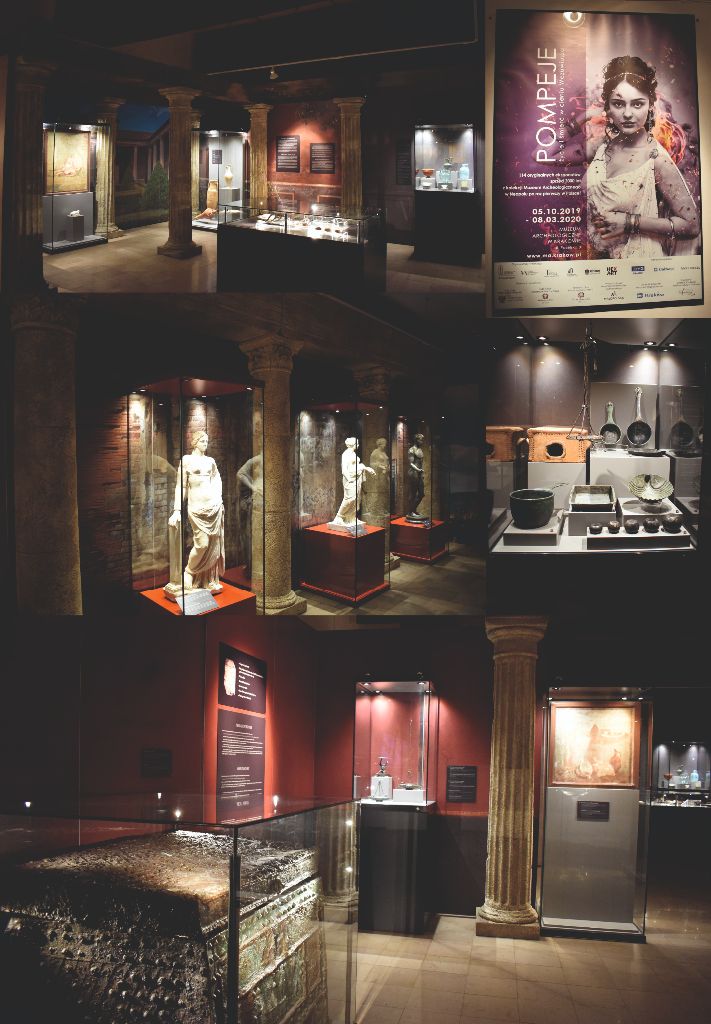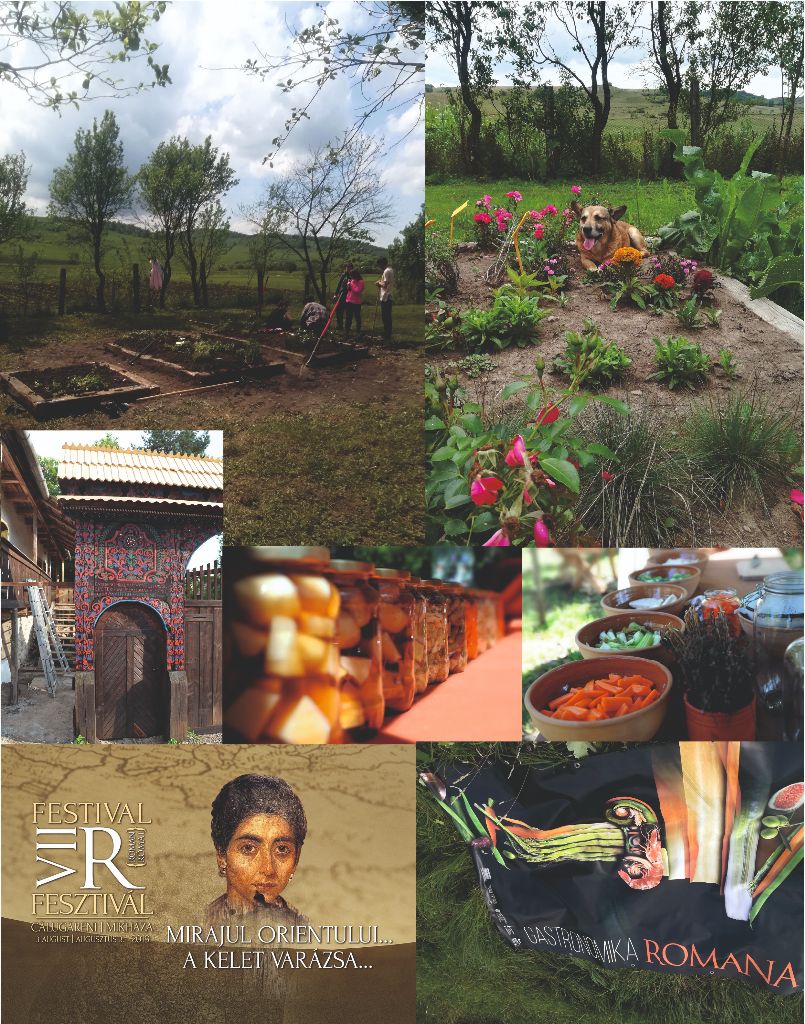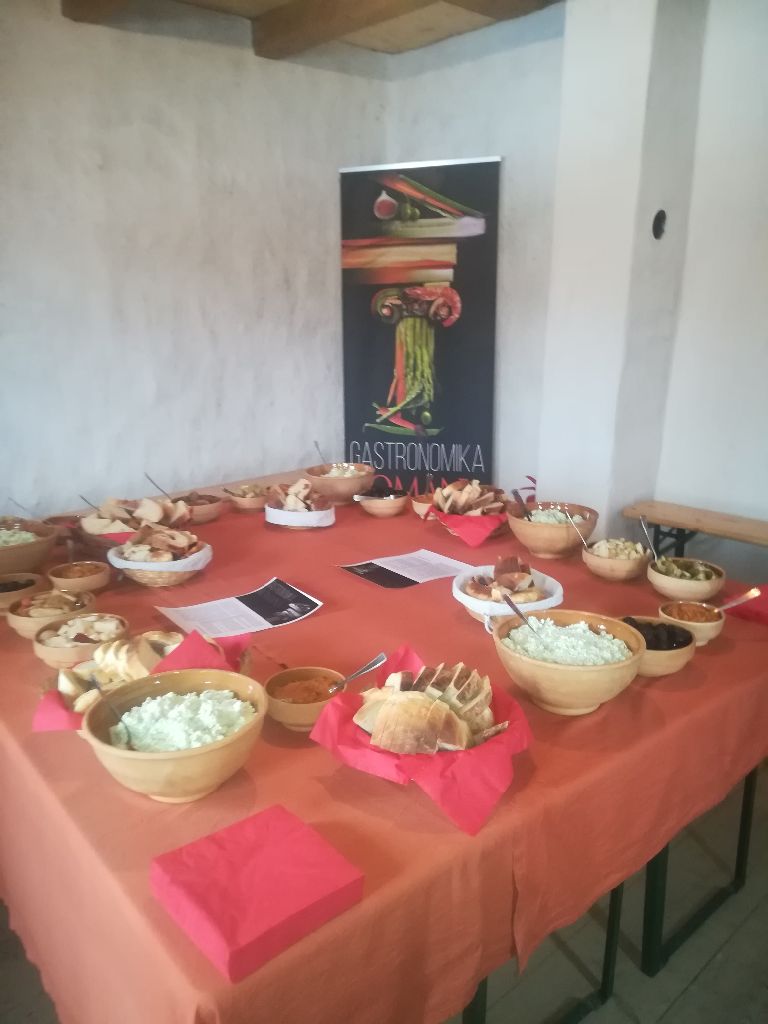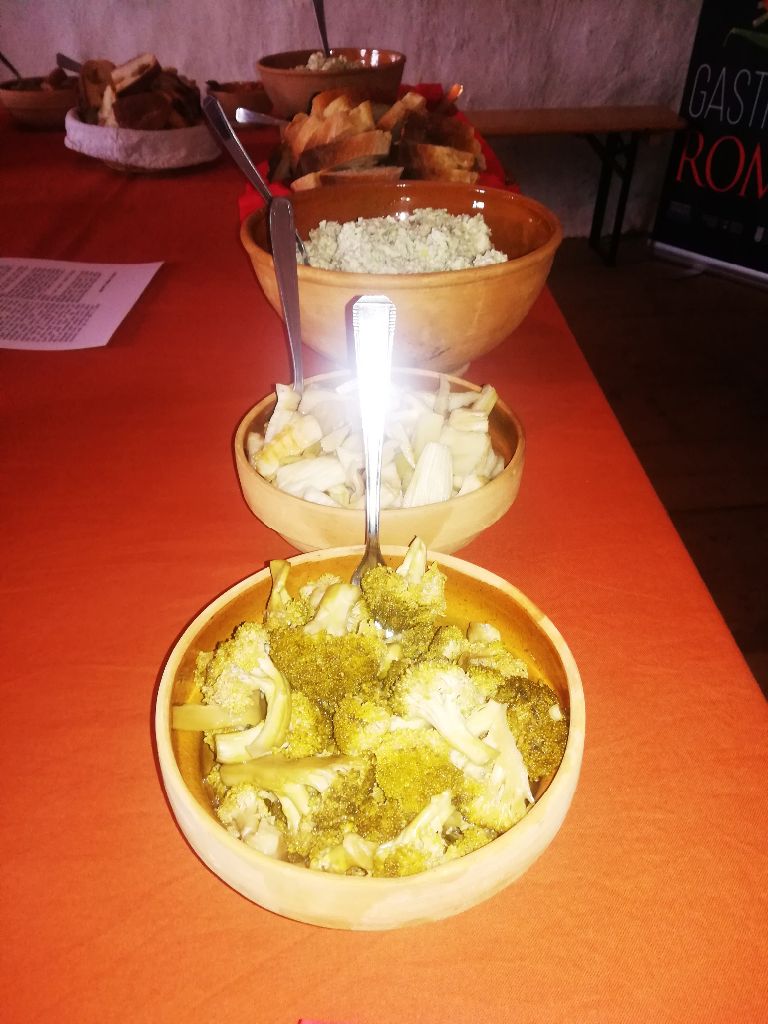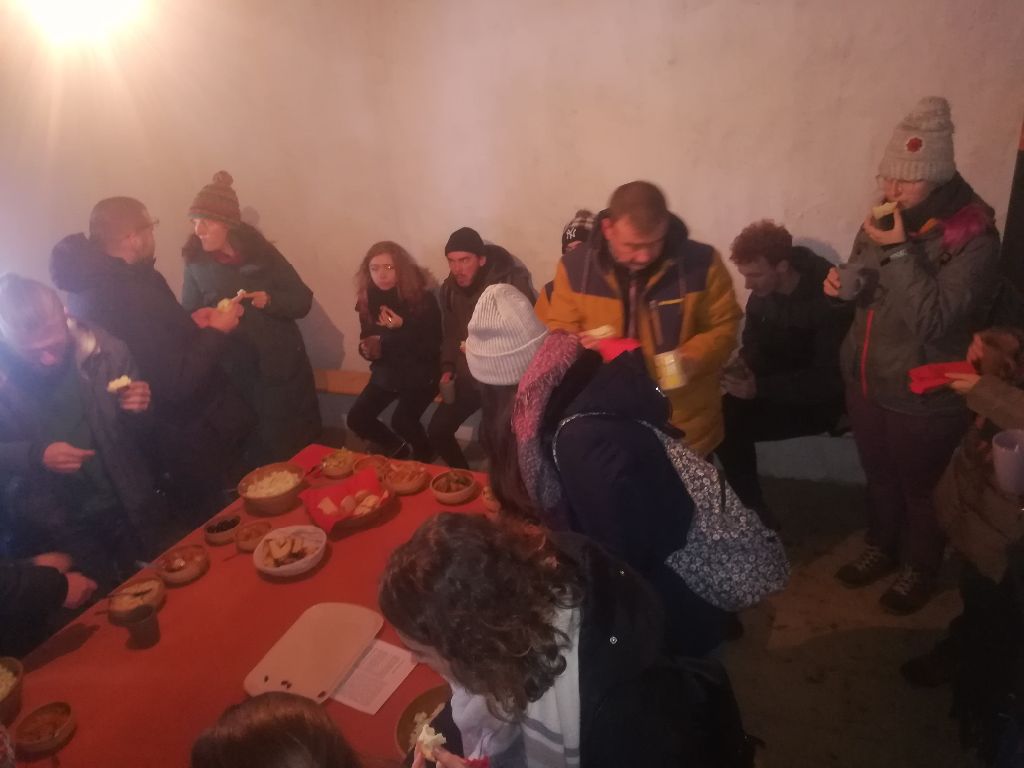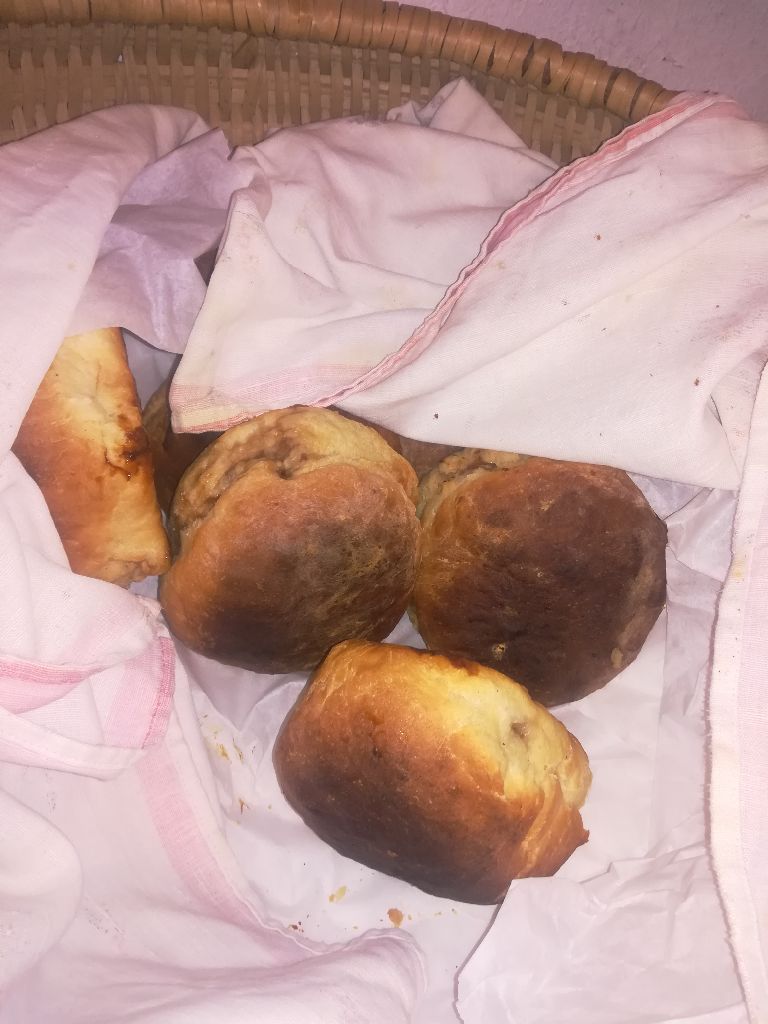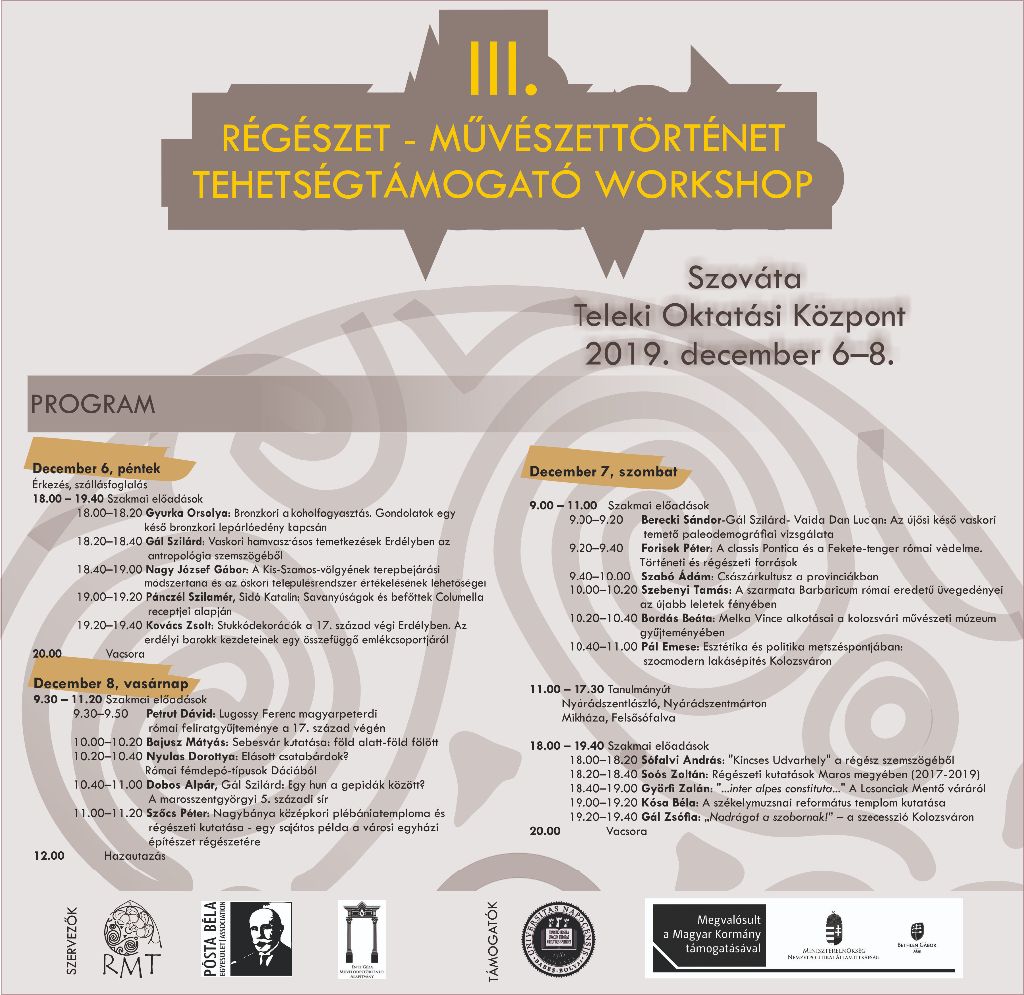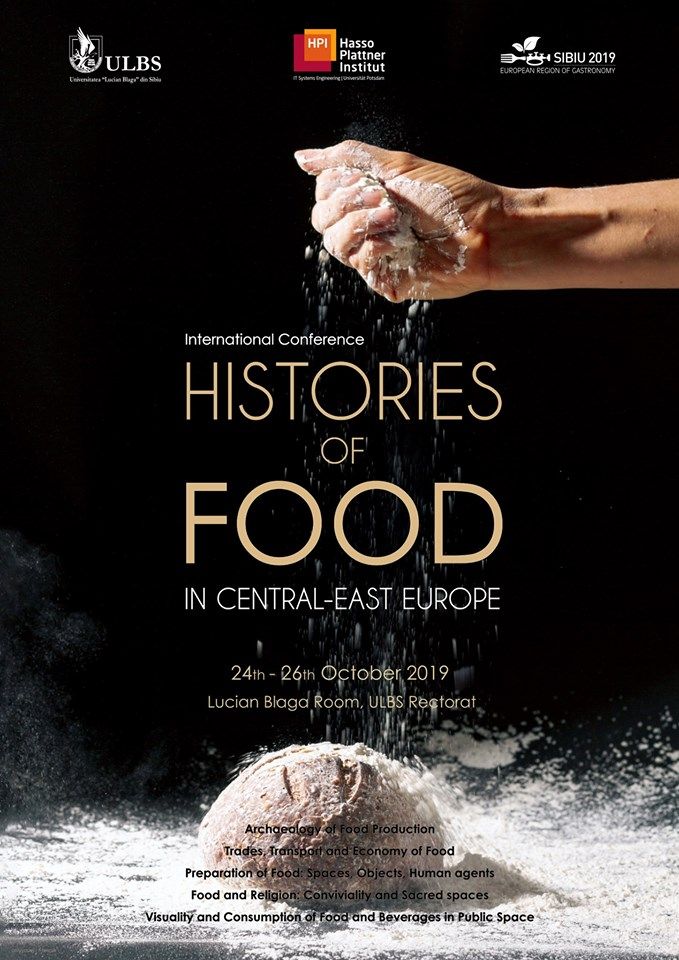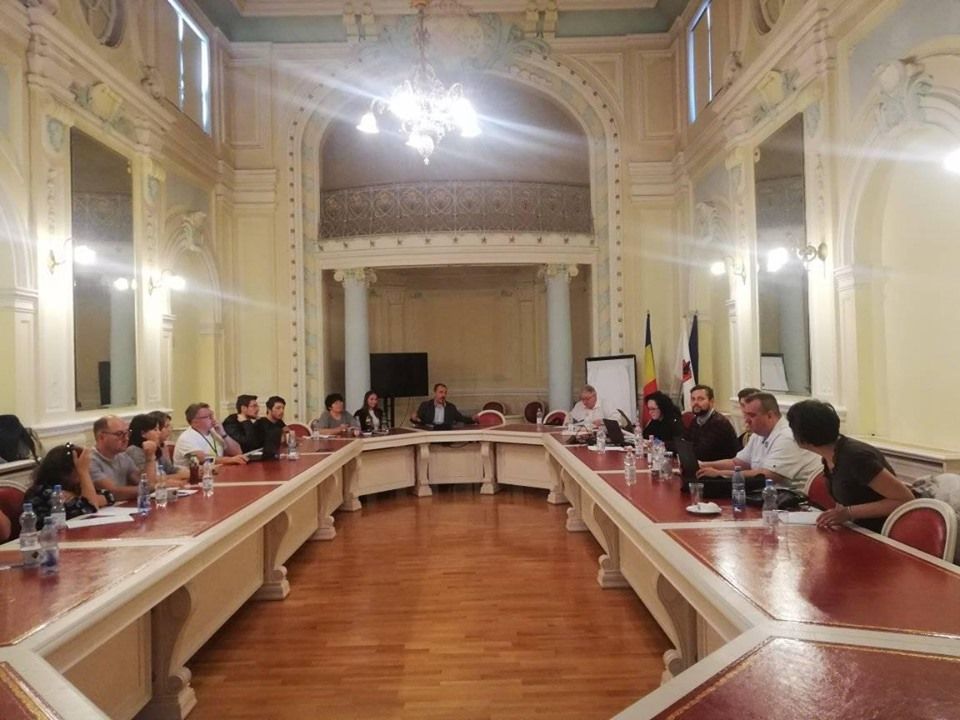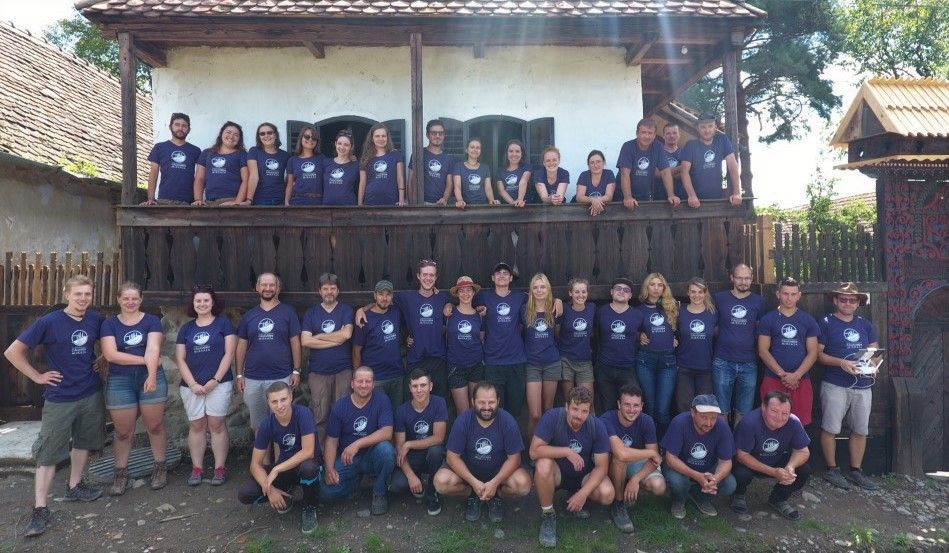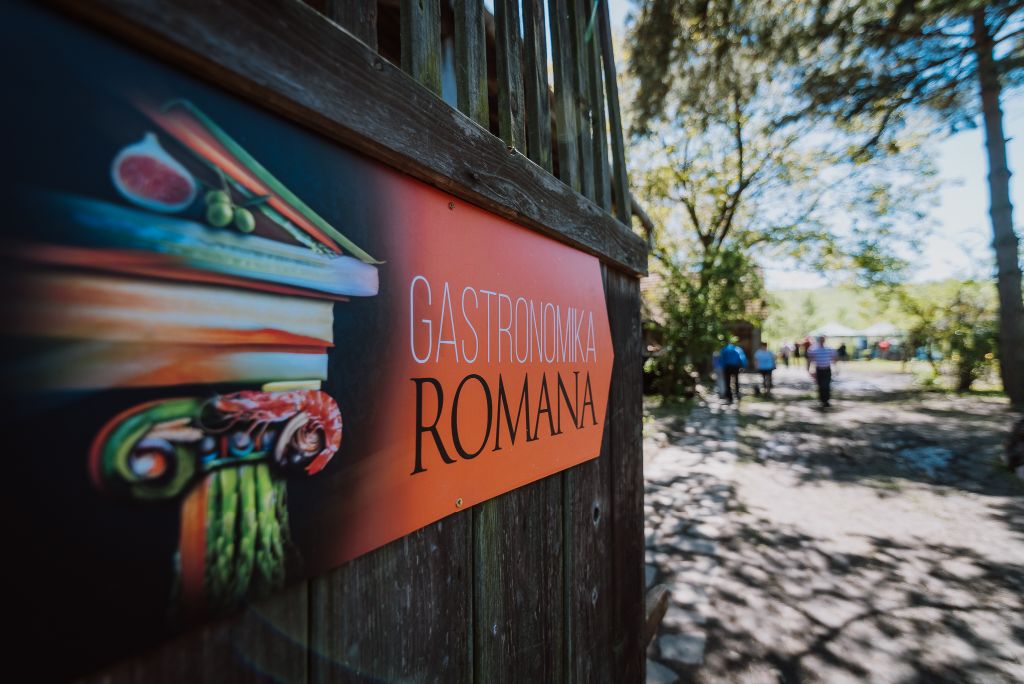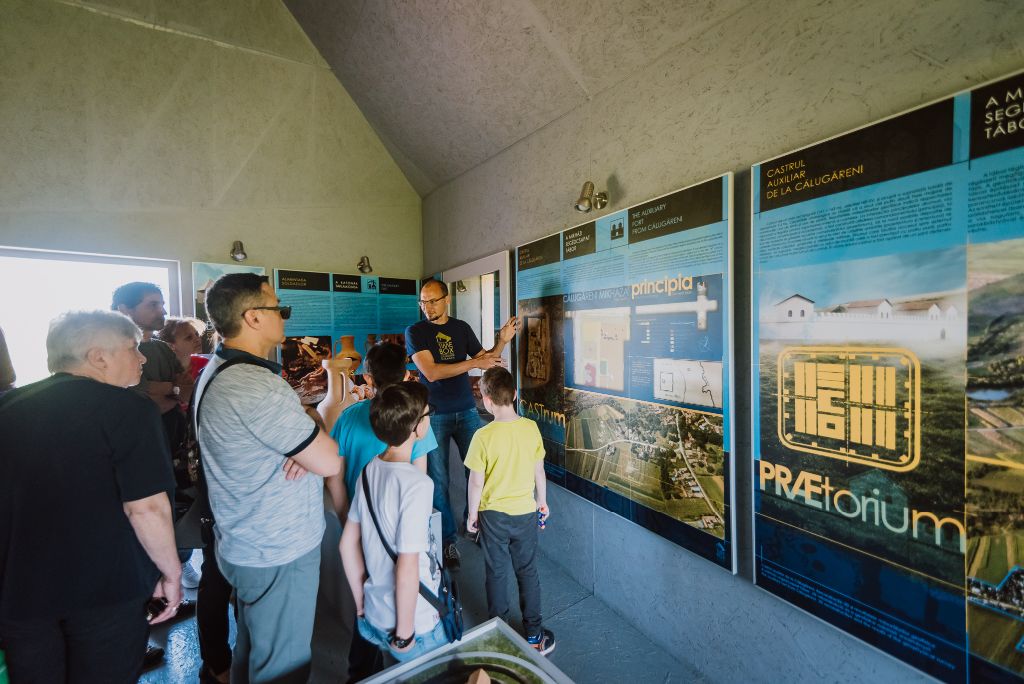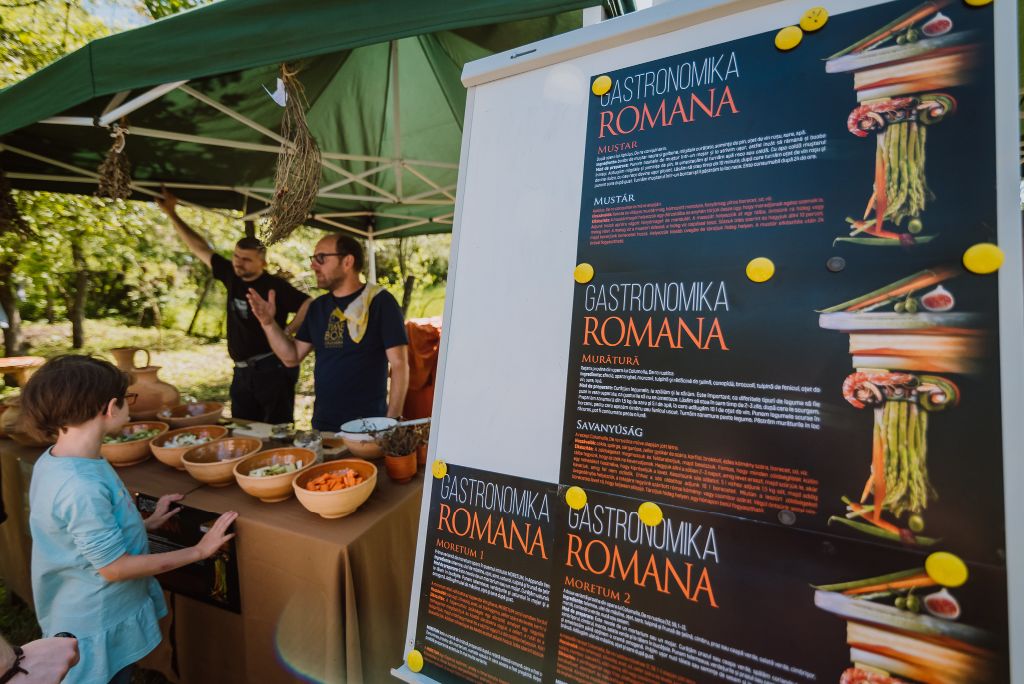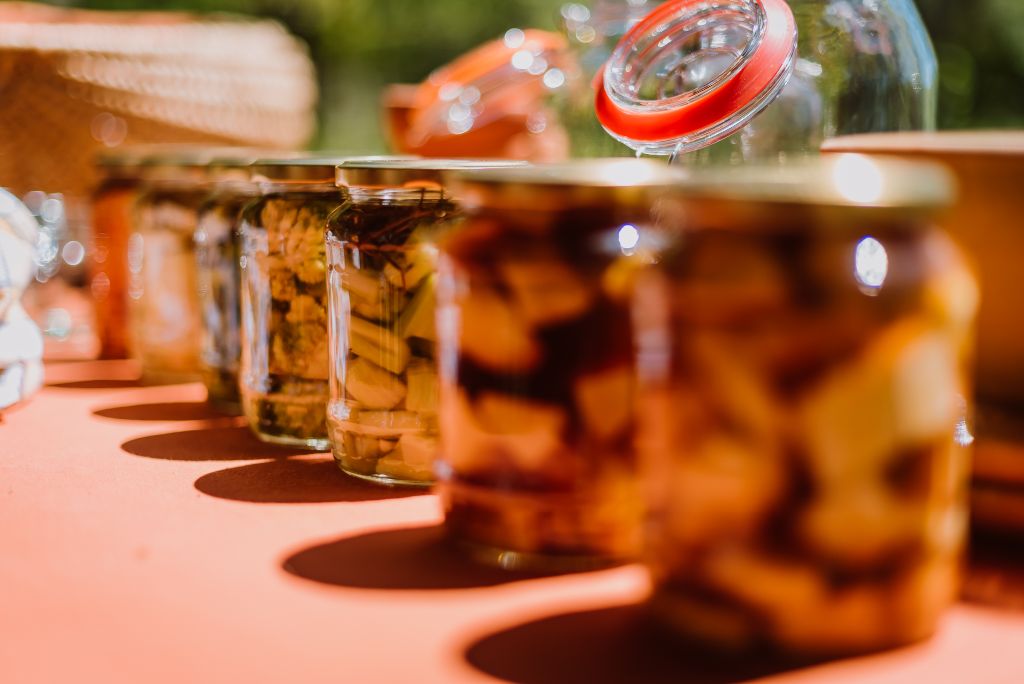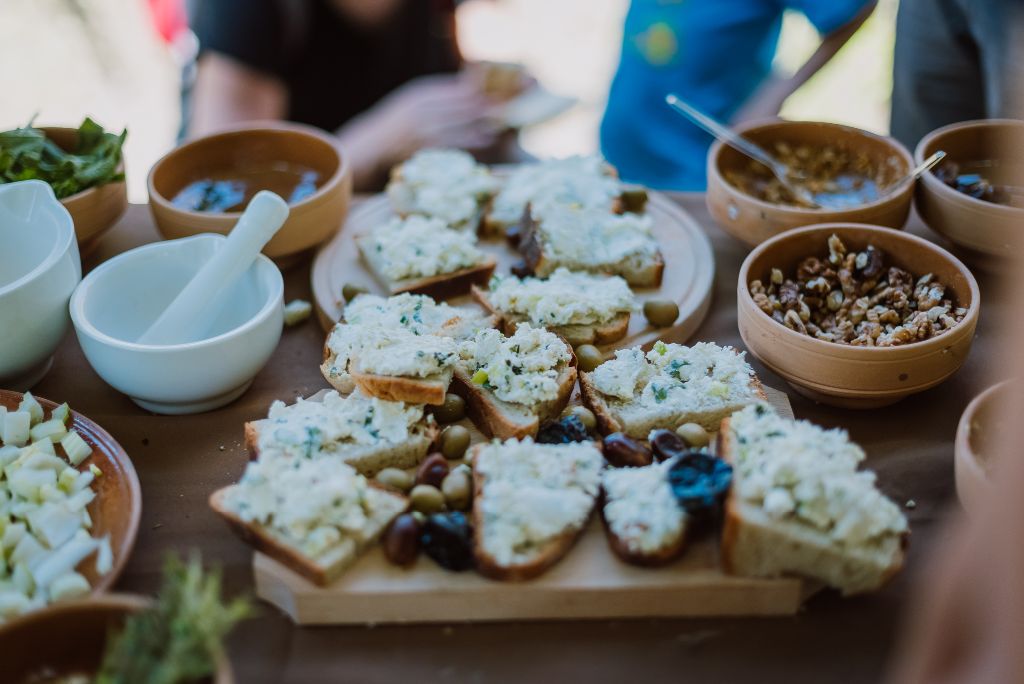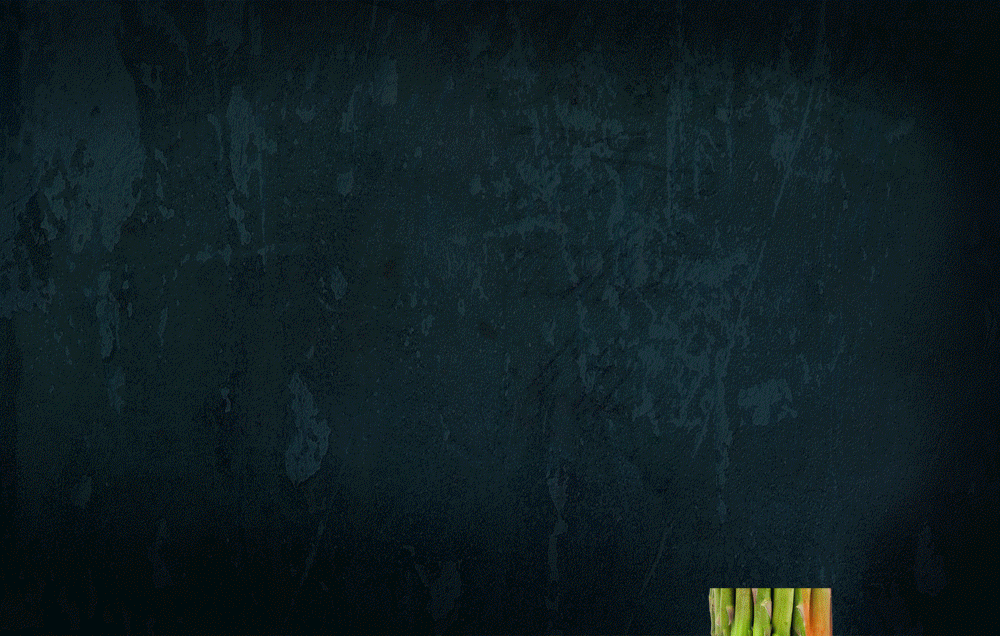7R (Roman)Festival in Călugăreni
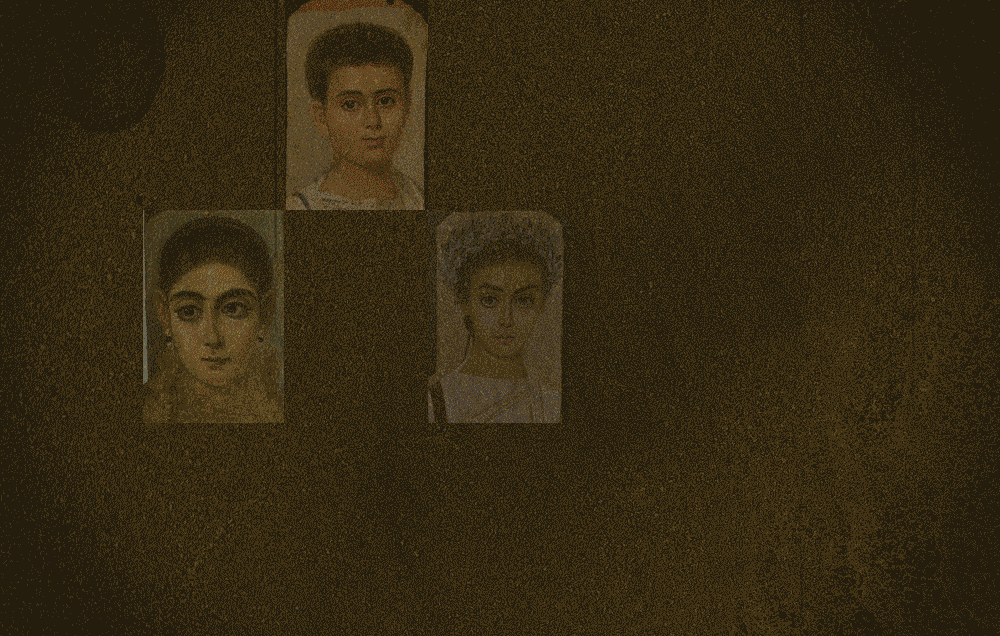
The 7R (Roman) Festival is back with full force in Călugăreni, this time Under the Spell of the Orient. The Roman Empire has always been the scene of cultural exchange, this also being the cause of its wealth.
This year the festival’s organisers present a special edition dedicated, as always, to the whole family and all tastes. Military parades, gladiators, battles, slave auctions, exhibitions and museum pedagogical workshops, carriage rides around the village, concerts, these are only a handful of the activities lined up for the day.
Come and join us on the 3rd of August, from 11AM in Călugăreni, for a day filled with programs that will make you more acquainted with the Roman world’s heritage!
PROGRAM
11.00–12.00 Procession of the participants: Barn Theatre – Franciscan friary – Ángi house – Archaeological park – Barn Theathre
12.00–19.00 Carriage riding: Barn Theatre – Franciscan friary – Ángi house – Archaeological park – Barn Theathre
19.00–20.00 Closing procession with torches and the Light of the East: Barn Theatre – Franciscan friary – Ángi house – Archaeological park – Barn Theatre
BARN THEATHRE AND COURTYARD
ODEON
12.00–19.00 Exhibition: A box of archaeology
12.00–18.00 Museum pedagogical activities
12.30–13.00 Presentation: Sárándi Tamás (Mureș County Museum)
Limesul contemporan. Cercetarea tranșeelor din primul război mondial [RO]
13.00–13.30 Presentation: Szabó Máté ( Aerial Archaeological Archives of Pécs)
Repülés a múltba – Hadszínterek pillanatképei [HU]
13.30–14.00 Dance performance: Ana Maria Marginean (Brașov): Ars Pietatis
14.00–14.30 Presentation: Vass Lóránt (Pázmány Péter Catholic University)
Arheologia Orientului legendar [RO]
14.30–15.00 Presentation: Vass Lóránt (Pázmány Péter Catholic University)
A mesés Kelet régészete [HU]
15.00–16.00 Slave auction
ARENA
12.00–12.30 The oath of the Roman soldiers
14.00–15.00 Archery tournament
17.00–18.00 The battle of the barbarian alliance against the Romans
18.00–19.00 Military exercise of the Roman soldiers
CASTRUM
12.00–18.00 Roman camp life
12.00–18.00 Museum pedagogical activities
FORUM
11.00–21.00 Taberna
11.00–20.00 Rostra (Information office)
12.00–18.00 Museum pedagogical activities
ELEMENTARY SCHOOL
12.00–19.00 Exhibition: The insignia of the Roman legions
FRANCISCAN FRIERY AND COURTYARD
ECCLESIA
12.00–18.00 Exhibition: Bibliotheca claustri. Selections from the Franciscan friary of Călugăreni’s library
13.00–18.00 Guided tours inside the Franciscan friary’s church in Romanian and Hungarian
16.00–17.00 Chamber music: Grazioso string quartet
HORTUS
12.00–18.00 Museum pedagogical activities
ÁNGI HOUSE
12.00–19.00 Exhibition: Folk house interior of the Niraj Valley
12.00–18.00 Museum pedagogical activities
ROMAN ARCHAEOLOGICAL PARK
12.00–19.00 Exhibition: TIME BOX
12.00–19.00 COMPASS Bellevue
13.00–18.00 Guided tours around the archaeological site in Romanian and Hungarian
12.00–18.00 Museum pedagogical activities

